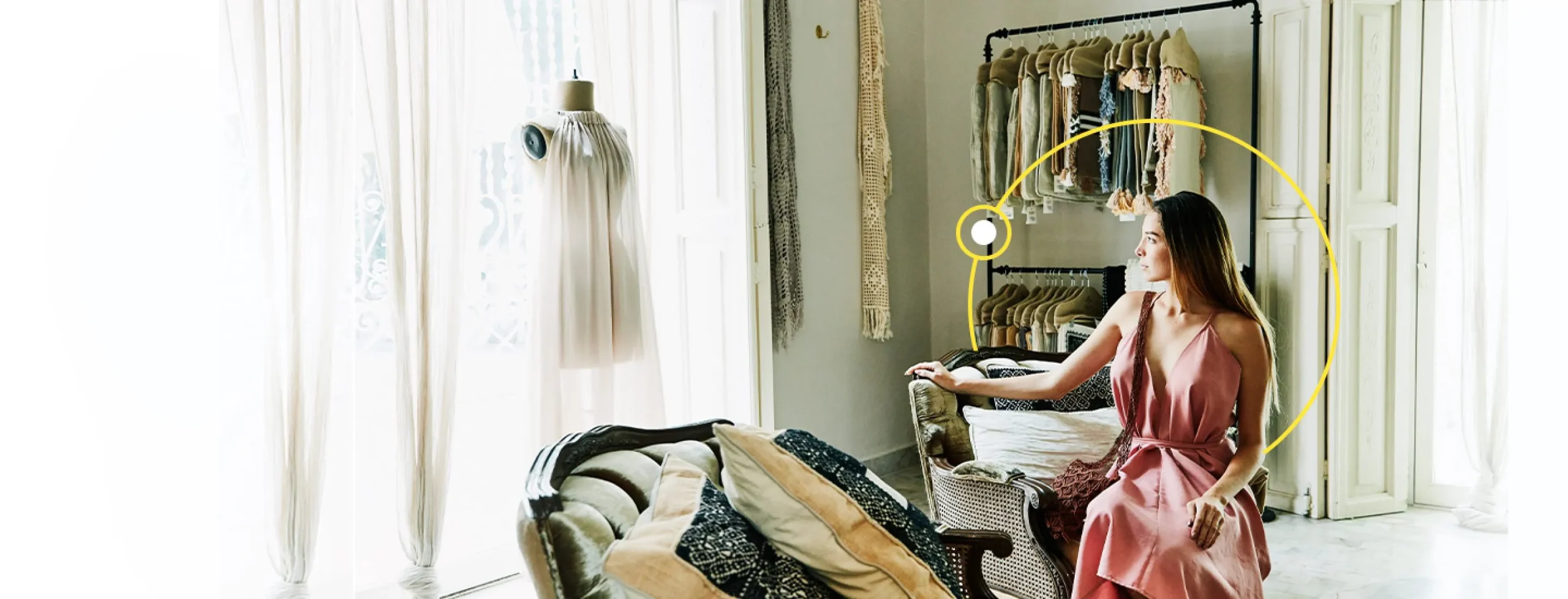The Fashion Economy of SoHo: Luxury Brands Blend Sustainability with Tech
Once known for its cobblestone streets, cast-iron lofts, and cutting-edge galleries, SoHo has evolved into a global epicenter for luxury retail and design innovation. In 2025, the neighborhood’s fashion economy is being redefined by a powerful dual trend: the convergence of sustainability and technology. High-end brands are no longer relying solely on heritage and craftsmanship; they are reinventing themselves through digital transformation, ethical production, and immersive retail experiences that reflect the modern consumer’s conscience.
From flagship boutiques integrating blockchain-based supply tracking to pop-up ateliers powered by AI-driven personalization, SoHo is becoming the world’s prototype for what the future of luxury fashion looks like a blend of exclusivity, transparency, and technological sophistication. For investors, entrepreneurs, and creatives, the district has transformed from a style destination into an innovation ecosystem where ethics meets economics.
Sustainability as a New Luxury Standard
Sustainability is no longer an accessory to brand identity in SoHo it is the foundation of the new luxury. As global consumers demand accountability, leading fashion houses are embedding sustainability into every stage of production, from sourcing and design to retail and resale.
Boutiques across Greene and Wooster Streets now showcase collections made from regenerative fabrics, bio-based leathers, and recycled textiles. Brands such as Stella McCartney, Gucci, and emerging New York labels are using SoHo storefronts not just as retail spaces, but as educational platforms, displaying the environmental data behind each product. Transparent sourcing has become a marketing asset. QR codes on garments allow customers to trace supply chains, verifying that materials were ethically produced and that labor practices meet global standards.
Circular fashion models are also flourishing. Resale, repair, and rental services are being incorporated into luxury retail strategies, enabling brands to extend product life cycles and cultivate sustainable consumer relationships. Some boutiques are even offering “buy-back” programs for limited-edition pieces, merging exclusivity with ecological responsibility.
The economic payoff is significant. Investors have recognized that sustainable fashion commands higher brand loyalty and pricing power. In SoHo, sustainability is not a niche trend it is the new currency of prestige.
The Rise of Tech-Infused Fashion Retail
While sustainability anchors SoHo’s new fashion economy, technology is the engine driving its evolution. Smart retail experiences have become the district’s signature, transforming traditional shopping into a seamless digital encounter.
AI is now embedded in both product design and customer engagement. High-end boutiques employ predictive algorithms to tailor inventory to consumer preferences, while AI styling assistants provide personalized recommendations in real time. Virtual fitting rooms use augmented reality to help shoppers visualize garments without physical trials, reducing returns and waste.
Luxury houses are also leveraging blockchain to authenticate goods and protect against counterfeiting. Digital product passports verify authenticity, record ownership history, and facilitate resale turning fashion items into traceable, tradable assets. Meanwhile, NFTs and digital twins are entering the fashion conversation, allowing collectors to own both a physical item and a digital representation wearable in virtual worlds or social platforms.
For consumers, these experiences blend technology and intimacy. The tactile nature of SoHo’s boutiques the curated interiors, the attentive service remains intact, but it is now augmented by digital precision. The result is a retail model that merges heritage with futurism, appealing equally to traditional luxury buyers and the digitally native generation.
SoHo as a Creative-Technology Ecosystem
Beyond retail, SoHo’s fashion economy is evolving into a collaborative network of designers, technologists, and investors. The district’s mix of creative studios, venture-backed startups, and research labs has made it a laboratory for innovation in materials science, digital design, and data-driven branding.
Incubators and co-working spaces are hosting hybrid teams of fashion designers and engineers developing everything from AI-powered textile printers to sustainable dye technologies. These ventures are supported by a growing flow of venture capital aimed at “fashion tech” a sector now valued in the billions and projected to grow rapidly as sustainability and digitalization converge.
Major universities, including NYU and Parsons, are partnering with SoHo-based startups to experiment with circular production systems and 3D-printed fabrics. The result is an ecosystem where luxury craftsmanship meets digital experimentation, fostering a new generation of designers fluent in both aesthetics and analytics.
This creative-technical synergy has given SoHo a competitive advantage over more traditional fashion capitals. While Paris and Milan still set trends on the runway, New York and particularly SoHo is setting the blueprint for how luxury operates in the digital, data-driven economy.
Consumer Shifts and Global Influence
The modern luxury consumer is driving this transformation. Today’s buyers, especially younger demographics, value transparency, individuality, and purpose over mere prestige. In SoHo, these values manifest through curated, experiential retail. Pop-up galleries display limited-edition sustainable collections; in-store workshops invite customers to customize or repair items; digital displays show real-time carbon impact metrics.
Internationally, SoHo’s approach is influencing markets from Tokyo to London. Brands are replicating its model of immersive, tech-forward sustainability, turning their retail locations into storytelling platforms. The district has become a global case study in how urban neighborhoods can transform into living incubators for ethical innovation.
Even the architecture reflects the change. Historic cast-iron facades now frame interiors filled with solar-powered lighting, recycled materials, and smart climate systems. The aesthetic of luxury has evolved understated, ecological, and data-enhanced.
Conclusion
In 2025, SoHo stands at the intersection of sustainability, technology, and luxury a place where the fashion economy has transcended style to embrace substance. The neighborhood that once symbolized artistic rebellion now represents responsible innovation, merging the values of creativity, conscience, and capital.For investors, SoHo offers a glimpse into the future of profitable sustainability. For designers, it provides a testbed for merging digital craftsmanship with ethical production. And for consumers, it delivers a new kind of luxury one that feels personal, purposeful, and intelligent.




